This article is revised from our Studio Newsletter archives in honor of World Theatre Day.
What makes someone fall in love with a theatre? I asked a bunch of theatrical colleagues to name a theatre that they love and say why they love it. Here are some responses:
“There are so many! But the one that comes to mind is THE GUTHRIE when it was being built and I was going to be playing Hamlet in the inaugural production. Tony [Tyrone Guthrie] and I walked into what felt like Yankee Stadium and I was terrified. How was I going to fill that space? Then when we walked down onto the stage, suddenly it was only half as big, and I did manage to fill it; over the years it was as if I was playing a dearly beloved instrument.” George Grizzard, Actor
“GLYNDEBOURNE, the famous Opera House in England. My husband and I had a private tour, and I stood on the stage alone and sang into the empty theater. The acoustics were incredible – I got the chills hearing my voice ring out like that… it sparked my imagination!” Melora Hardin, Actress
“THE MUSIC BOX, on Broadway. It’s a theatre of reasonable size and seating capacity, yet it manages to feel intimate. Rounded boxes flanking the proscenium are a particularly pleasing feature. It is a theatre that really helps the director.” Ed Sherin, Director
“IL TEATRO PIU’ TEATRO PICCOLO DEL MONDO (“the smallest theater in the world”) in Umbria. What a gem! It was built in the early 1800′s by the families of Monte Castello di Vibio who wanted a place for social gatherings. The mindset at the time was of concordia tra i popoli (concordance between the populations) so the theatre was named Teatro Concordia. It is a space with perfect proportions; a space where you can feel the history of elegant and probably melodramatic performances in that tiny town.” Marianna Houston, Theatre Educator
“I love various parts of many Broadway theatres: the Tiffany stained glass fixtures and wood paneling of the BELASCO THEATRE; the inner lobby of the MAJESTIC and its grand house; the ingenious combination of new and old to combine two theatres into one dazzling space as the HILTON THEATRE [ed: now the FOXWOODS]. And I want to add another gem of a building Off-Broadway, the WESTSIDE THEATRE’s building, lobby and interiors are remarkably beautiful.” Bob Reilly, Company Manager
“THE VIGSZINHAS (Vigszínház) THEATRE in Budapest, Hungary – a magnificent 19th-century horseshoe shaped house with four or five balcony tiers. The stagehouse was completely re-built, and the stage is so deep – it covers a whole city block – with the loading door smack in the middle. For Six Characters In Search of an Author the city agreed to close off the street to traffic every night one half hour before the performance, so the audience saw the cast enter from the city beyond. That 19th century magic was made possible by the 21st century rehab.” Peter Frisch, Director
“THE BARTER THEATRE in Abingdon Virginia because it’s where I fell in love with my husband of 50 years! Barter inherited the seats and the curtain from the old EMPIRE THEATRE on Broadway, which gave it a certain mystique, and by the way, probably fostered more romances than any other theatre in America!” Diane Hardin, Acting Teacher/Coach
“I love lots and lots of theatres. At the moment I love the McCARTER in Princeton because Emily Mann and everyone there is so wonderful and willing to do anything I ask.” Eugene Lee, Scenic Designer
What is YOUR favorite theatre? Please share it!
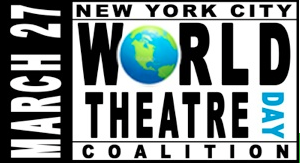


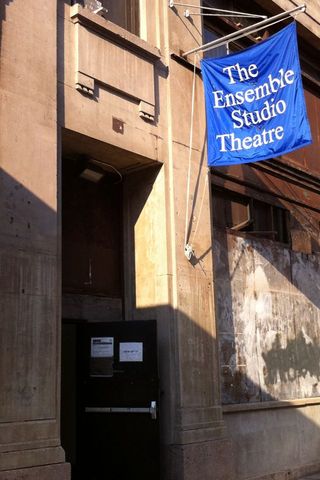
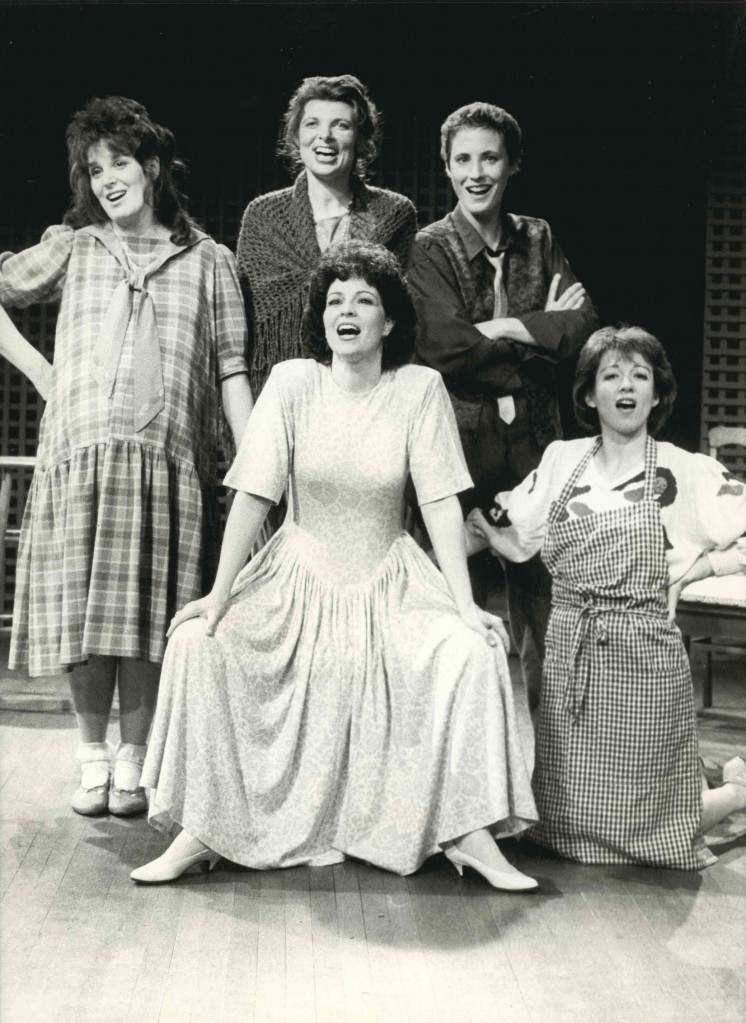
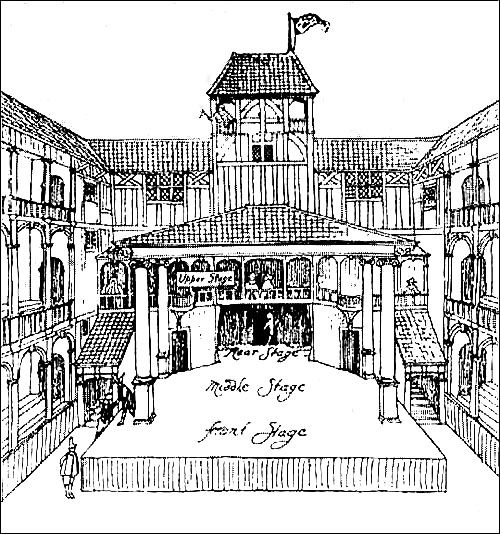
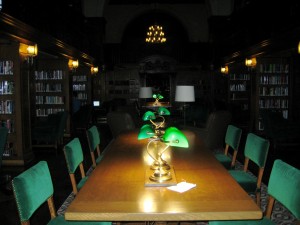
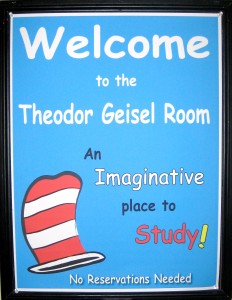



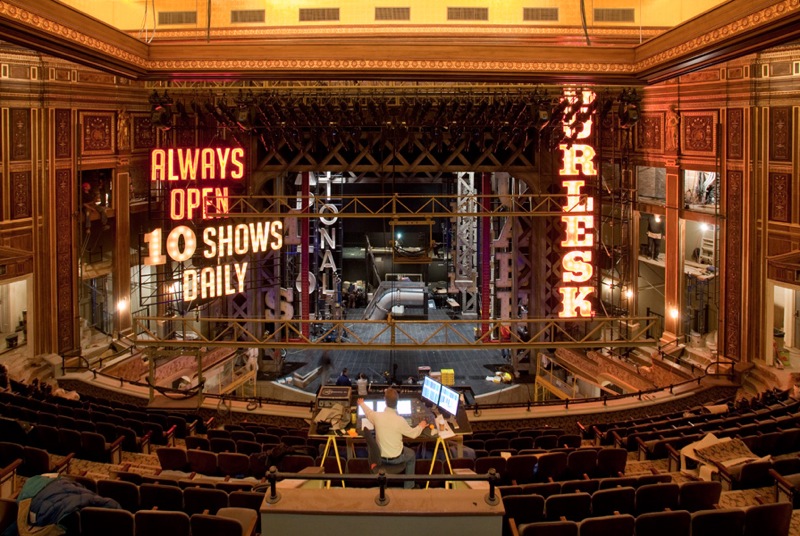
Recent Blog Comments